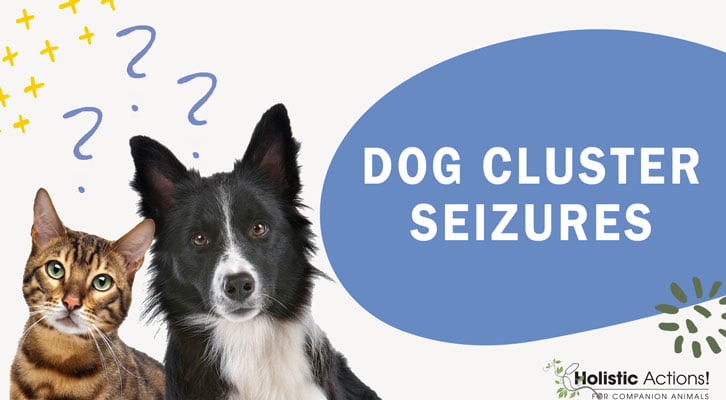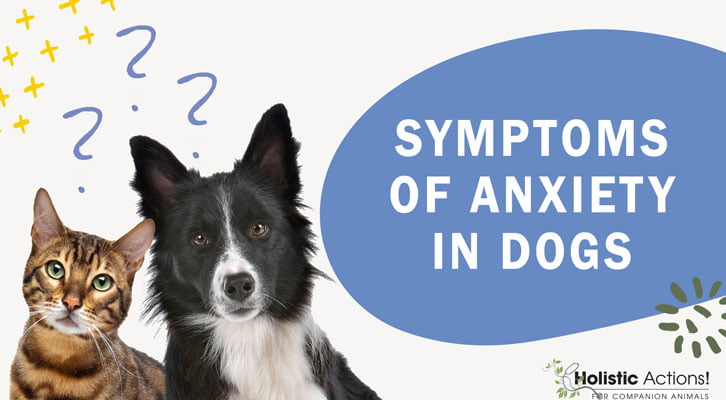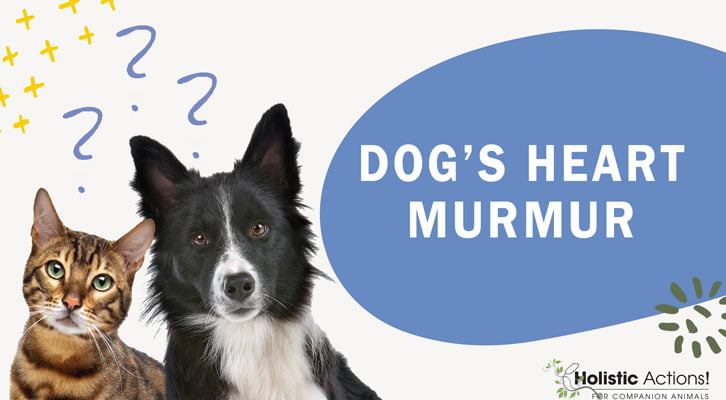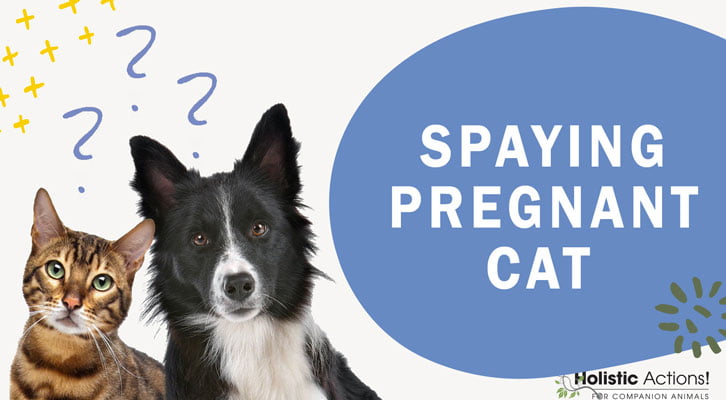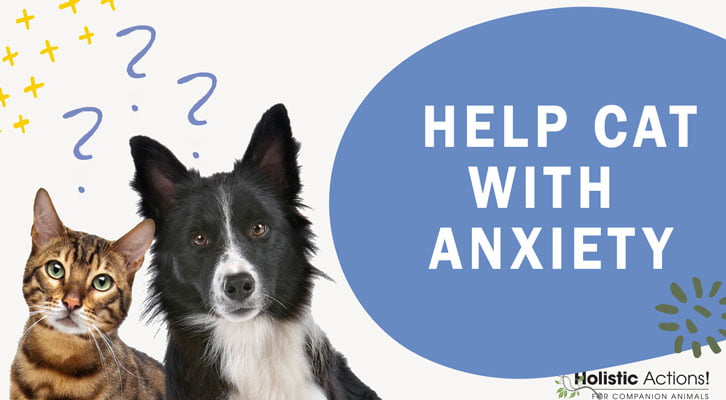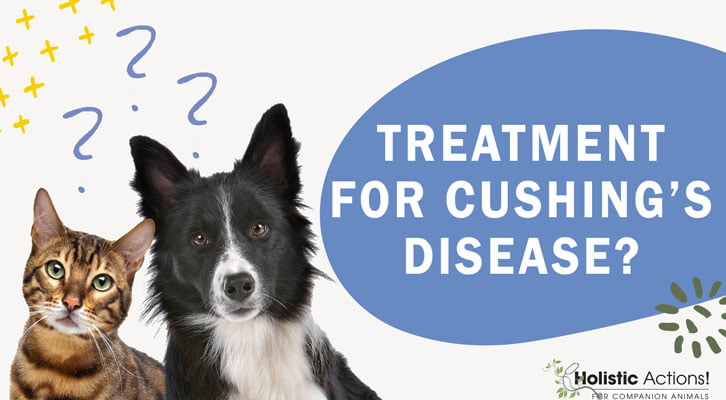
My dogs barks and kicks at night. Is he having nightmares?
Answered by Dr. Jean Hofve
Dogs actually do dream a lot and small dogs actually dream more than big dogs. When your dog is in deep REM sleep and barking, whining, or running make paddling motions with his feet, those are definitely dreams. It is a sign that your dog is in deep REM sleep and should not be disturbed. The key to whether these dreams are actually nightmares is how they behave once they wake up. Is he just distressed or anxious or just seems abnormal? Then, the quality of the dream may be more nightmarish.
However, you want to be careful about over interpreting a dream as being a nightmare. It is very common and normal for dogs to vocalize with barking or whining, make paddling motions with their feet like they’re running but really he may just be chasing a tennis ball, wrestling with a buddy, or out on a hike with you. If you have concluded that this is indeed a nightmare situation, then there are holistic treatments you can try.
For example Flower Essences, homeopathy, calming nutrients like Thianine and Tryptophan or herbs, calming herbs like chamomile, passion flower or hops. If the behavior is extreme or persistent, it may actually be a form of seizures. This is definitely something to check out with your veterinarian because there are medications that can manage that in addition to the holistic treatments I mentioned. So, I hope you and your dog both sleep well and peacefully and enjoy good dreams.
Hi, I’m Dr. Jean Hofve with Holisticactions! Thank you.
Suggested Treatments:
- Don’t disturb dreaming dog
- Herbs/homeopathy if distressed
Related Symptoms:
- Movement or barking when asleep
DISCLAIMER: Holistic Actions! does not provide advice on certified medical treatments. Content is intended for informational purposes only and to equip you with the tools needed for Holistic Medical Decision Making (HMDM). It is not a substitute for clinical assessment, diagnosis, or treatment. Never use content found on the Holistic Actions! website as the basis for ignoring advice from your veterinarian to seek treatment. If you think you may have a veterinary emergency, please call your vet or an animal hospital immediately.

Dr. Jean
Holistic veterinarian and author Dr. Jean Hofve has more than 20 years’ experience in integrative veterinary medicine. She has a passion for feline health and nutrition, and has intensively studied and researched pet nutrition and the pet food industry since the early 1990s.
She has written books, dozens of articles and been interviewed for print, radio, and television around the world. She is an advisor to AAFCO, the organization that sets standards for pet food production, and founder of Spirit Essences (now owned and operated by Jackson Galaxy), which makes flower essence remedies for many animal health and behavior problems.



